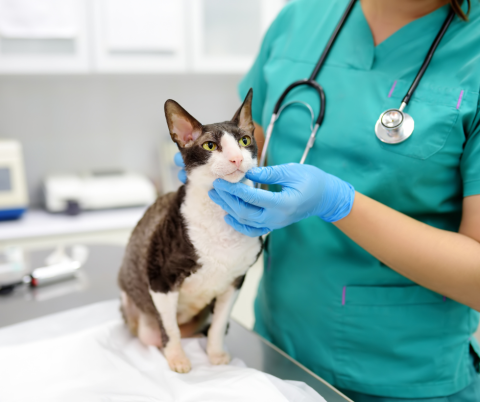Many will be aware that, effective from the 17th May 2024, the regulatory framework around veterinary medicines in the UK was subject to a significant update driven by The Veterinary Medicines (Amendment etc.) Regulations 2024. The primary legislation remains the UK Veterinary Medicines Regulations 2013, but this amendment is a much-needed update to the framework on the controls on veterinary medicines in the UK. These regulations provide the legislative controls covering, for example, the manufacturing (ManA), distribution (GDP), possessing, and administering of veterinary medicines and medicated feed.
Since the original VMR in 2013, there have been two significant events which have altered the landscape, namely Brexit and the introduction of the new EU regulatory framework for veterinary medicines (Regulation (EU) 2019/6). Before Regulation 2019/6 (and Brexit!), the veterinary regulatory framework in the EU and UK were similar, being both based on the now repealed Directive 2001/82/EC. Given the divergence, an update in the UK was widely supported by industry.

In early 2023, the UK Government ran a public consultation involving the whole industry, the various representative bodies and other interested parties to ensure stakeholder engagement. This allowed potentially affected stakeholders to begin preparing for the expected revisions. Some of the changes were already supported by updated guidance documents issued by the VMD (Veterinary Medicines Directorate), while others have been solely introduced with the amended regulation.
Given that a significant driver of the amendment was EU Regulation 2019/6 we can assume we are now in alignment with the EU?
The short answer, we are closer in many aspects but “no”- the UK still acts as a sovereign regulator. A positive move forward for the industry is the introduction of a revised product literature standard from the UK VMD which is very closely aligned with the EU QRD template- this should make the harmonisation, and ability to have shared labels between UK and EU more practical and less onerous.
Further evidence of alignment with the EU principles can be seen by the VMD implementing a revised system of variations to approved Marketing Authorisations. The UK now follows the classification of Variations Requiring Assessment (VRAs) and Variations Not Requiring Assessment (VNRAs) as set out by EU guidance. No more Type I(a,b) or Type II etc variations! Marketing Authorisation Holders will also be pleased to see further administrative red tape removed with the validity of an MA now being indefinite with renewals not required.

For those stakeholders developing pioneer, unique or specialised veterinary medicines there will be a welcome relief to see this Research and Development (R&D) supported by updated data protection periods for these eventual products. Hopefully, the enhanced protection periods will further drive innovation in the sector.
Due to the age of the legislation, best practices often no longer continue to align with regulatory frameworks. One such area in the revision can be found under the heading of Good Distribution Practice for APIs (Active Pharmaceutical Ingredients). Previously the mandatory usage of GDP for veterinary APIs was not explicit and the registration of facilities either manufacturing, importing, or distributing them was not captured.
In the EU, as implementing regulations under 2019/6 veterinary-specific GDP guidance was provided and the EudraGMDP database supports these activities. Mirroring this, the UK now has a new and sector specific “Register of Active Substance Manufacturers, Importers and Distributors for veterinary use located in the UK “. At the time of writing only two entries were present (!) but I am sure it will be populated quickly.
Overall, the response from the industry is broadly positive and the changes were welcomed after a comprehensive consultation by the VMD. Closer alignment with the revised EU framework is welcome, with an understanding that a complete integration is simply not possible.
There is a transitional period in place for certain aspects to come into effect, meaning the industry has not been hit with a blanket change order.
As with most legislative frameworks, the devil is in the details, and there are several nuanced areas which stakeholders should fully familiarise themselves with. I would be expecting quality, regulatory and pharmacovigilance teams to be finalising gap/risk assessments and change control processes imminently if they have not already done so.

Lloyd Smart, Regulation Lead, Accord Animal Health

